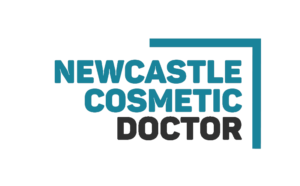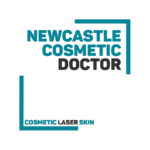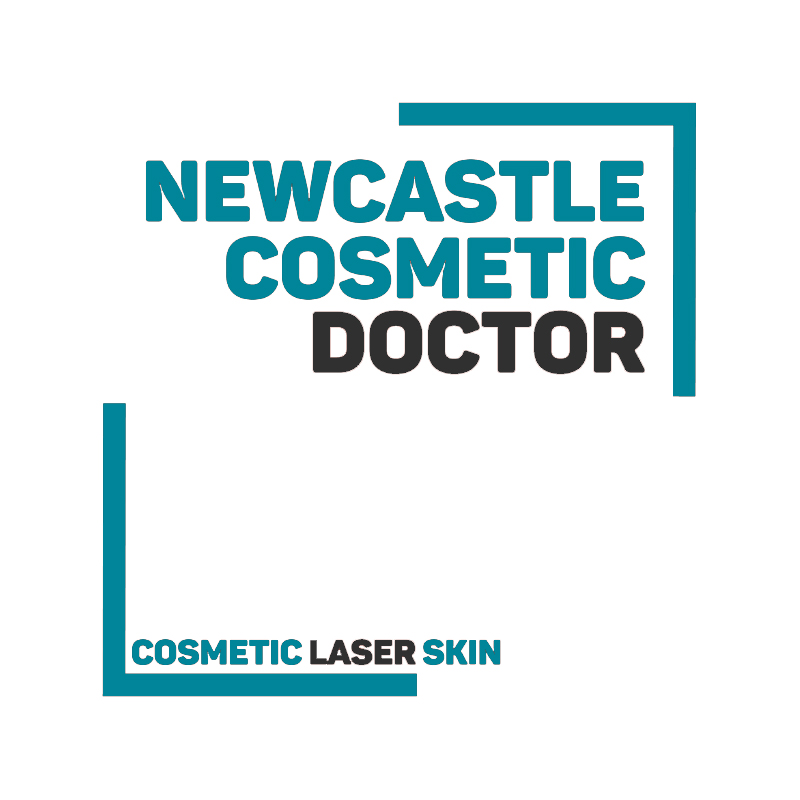Service: Fotona SP Dynamis (Er:YAG 2940 nm / Nd:YAG 1064 nm) & StarWalker MaQX (QS 1064/532 nm ± dye 585/650 nm).
Cause / Mechanism
Laser disruption of the epidermal barrier and local immune modulation can trigger reactivation of latent herpes simplex virus type 1 (HSV‑1), particularly with peri‑oral/ablative procedures (e.g., Er:YAG fractional or fully ablative resurfacing). Heat, tissue injury and postoperative inflammation facilitate viral replication and spread along trigeminal branches. 1 2
Risk Factors
- History of recurrent cold sores (even remote); recent outbreak (<6–8 weeks).
- Peri‑oral procedures; large treatment fields; high ablative depth.
- Immunosuppression, significant stress/illness, UV exposure.
- Inadequate peri‑procedural antiviral prophylaxis in high‑risk patients. 1 2 3
Signs & Symptoms
- Prodrome within 24–72 h: tingling, burning, pruritus at vermilion border or perioral skin.
- Lesions: grouped vesicles on erythematous base that ulcerate/crust; may extend on treated field.
- Complications: bacterial superinfection, delayed healing, scarring, autoinoculation to eye (herpetic keratitis—emergency). 1 2
Prevention
- Screen all patients for history of HSV‑1 and recent episodes during consent.
- Photoprotection and minimise peri‑oral trauma when possible.
- Consider peri‑procedural antiviral prophylaxis for high‑risk cases (history of cold sores, peri‑oral ablative/fractional resurfacing, large fields). Follow Australian guidance and individualise to renal function, interactions and pregnancy status. 1 2 3
Management Protocol
Immediate Actions (suspected outbreak):
- Commence antiviral therapy promptly (e.g., valaciclovir or aciclovir per Australian guidelines). 1 2
- Educate on contagion: avoid touching lesions; frequent hand hygiene; avoid sharing towels; avoid oral contact.
- Pain control; non‑adhesive dressings if erosions; avoid occlusive cosmetics until crusted.
- If ocular symptoms (eye pain, photophobia, vision change): urgent same‑day ophthalmology—risk of herpetic keratitis. 4
Suggested Peri‑procedural Prophylaxis Regimens (refer to current Australian guidance; examples):
- Valaciclovir: initiate day before or morning of procedure and continue 3–7 days post‑procedure (typical total course 5–7 days). 1 2
- Aciclovir: alternative where valaciclovir contraindicated; similar timing/duration as above. Doses vary by indication, renal function and risk profile—follow national guidelines and product information. 1 2
Escalation / Referral:
- Extensive facial involvement, immunocompromised host, failure to respond within 48–72 h, or suspected eczema herpeticum → urgent GP/dermatology/ID review.
- Ocular involvement or lesions near eye → urgent ophthalmology. 4
Follow‑up & Documentation
- Document history (previous HSV), prophylaxis offered/used, onset timing, photos, and treatment given.
- Provide written aftercare and recurrence prevention advice (stress/UV reduction, prompt therapy at prodrome).
- Review within 2–5 days (earlier if peri‑ocular).
- Record incident in Laser Log; include in morbidity & mortality/quality review. 3
Sources
- Australian STI Management Guidelines (ASHM). Genital herpes simplex virus (HSV) — systemic guidance including dosing principles (relevant to HSV‑1)., viewed 7 October 2025, https://sti.guidelines.org.au/sexually-transmissible-infections/genital-herpes-simplex-virus-hsv/ ↩︎
- Melbourne Sexual Health Centre (MSHC). Herpes treatment guidelines — dosing and prophylaxis considerations., viewed 7 October 2025, https://www.mshc.org.au/health-professionals/treatment-guidelines/herpes-treatment-guidelines ↩︎
- Ahpra & National Boards (2025). Guidelines for practitioners who perform non-surgical cosmetic procedures — patient screening, consent and peri‑procedural risk reduction., viewed 7 October 2025, https://www.ahpra.gov.au/Resources/Cosmetic-surgery-hub/Cosmetic-procedure-guidelines.aspx ↩︎
- RANZCO. Ocular emergencies and laser safety — risk of herpetic keratitis in peri‑ocular lesions., viewed 7 October 2025, https://ranzco.edu ↩︎


